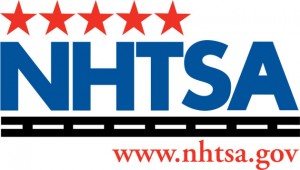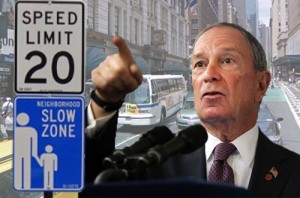NHTSA: Alcohol & Drugs Common Factors in Serious Accidents
 A new study from the National Highway Traffic Safety Administration (NHTSA) reveals that numerous fatal accidents in the U.S. are directly related to alcohol and drugs consumption. While there’s no surprise that alcohol and drugs hinder your driving ability, the sheer number of fatal accidents involving intoxicated driving is a little unnerving.
A new study from the National Highway Traffic Safety Administration (NHTSA) reveals that numerous fatal accidents in the U.S. are directly related to alcohol and drugs consumption. While there’s no surprise that alcohol and drugs hinder your driving ability, the sheer number of fatal accidents involving intoxicated driving is a little unnerving.
In all, more than half of the people killed in car accidents in this country had alcohol or drugs in their system at the time of the accident.
The NHTSA looked at data from 14 states and found that men and people driving at night were most likely to have alcohol or drugs show up on the toxicology screen conducted after the accident. It isn’t clear how much they had in them, or whether it was enough to cause impairment, but there is little doubt that at least some of them, if not most, were impaired.
While we don’t know how concentrated the levels were and can’t definitively say the drugs caused the accident, there’s a pretty good chance they were at least a contributing factor.
57% of 20,150 drivers who were killed from 2005 to 2009 tested positive for at least one drug, including alcohol. Alcohol was the most commonly found substance, followed by marijuana, and prescription stimulants.
Among men, the statistic was 60%. For women, it was less than half. Also, those who crashed at night or on the weekend were more likely to test positive for drugs. Continue reading
Mayor Announces “Slow Zones” to Increase Road Safety, Reduce Accidents

Mayor Michael R. Bloomberg announced alongside the DOT Commissioner Janette Sadik-Khan that the City’s Neighborhood Slow Zones would be expanded—increasing the areas where the speed limit is dropped in order to prevent accidents and increase safety.
According to a press release from the city of New York, the Slow Zone program reduces speed limits from 30 miles per hour to 20 miles per hour in targeted residential areas. This, they say, has played a role in decreasing the number of fatal accidents in the city, and they hope an expansion can bring even further reductions.
In 2011, traffic fatalities in the city were at the lowest levels ever in recorded history. That is significant. The last four years have been the safest overall in regards to accidents.
The zones targeted for the Slow Zone program were identified by citizens themselves. They were requested by residents and then were evaluated for “crash history, community support, proximity of schools, senior centers, and daycare centers,” according to the city’s press release. Now those areas are in the design and approval process before the speed limit changes will be made official. Continue reading